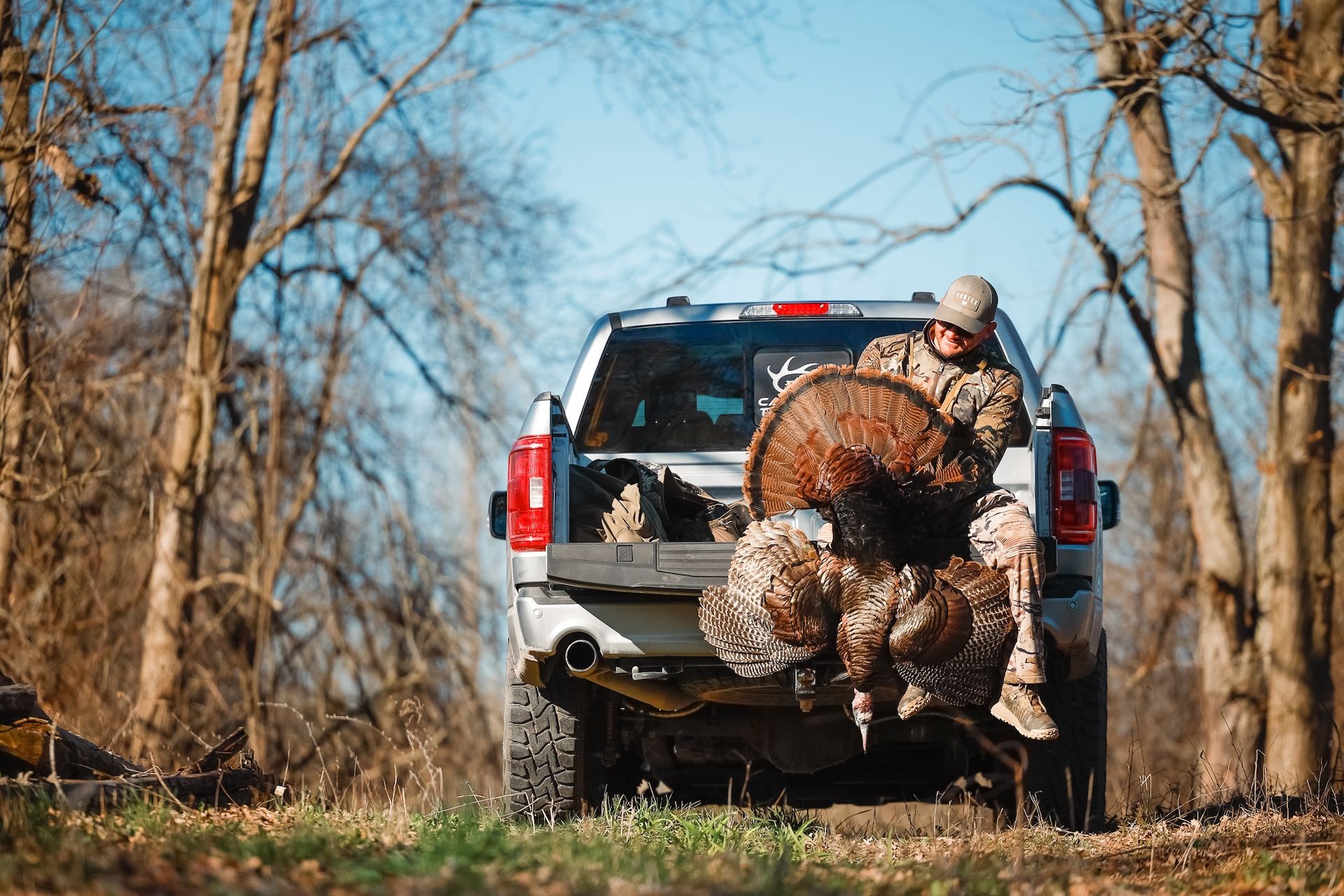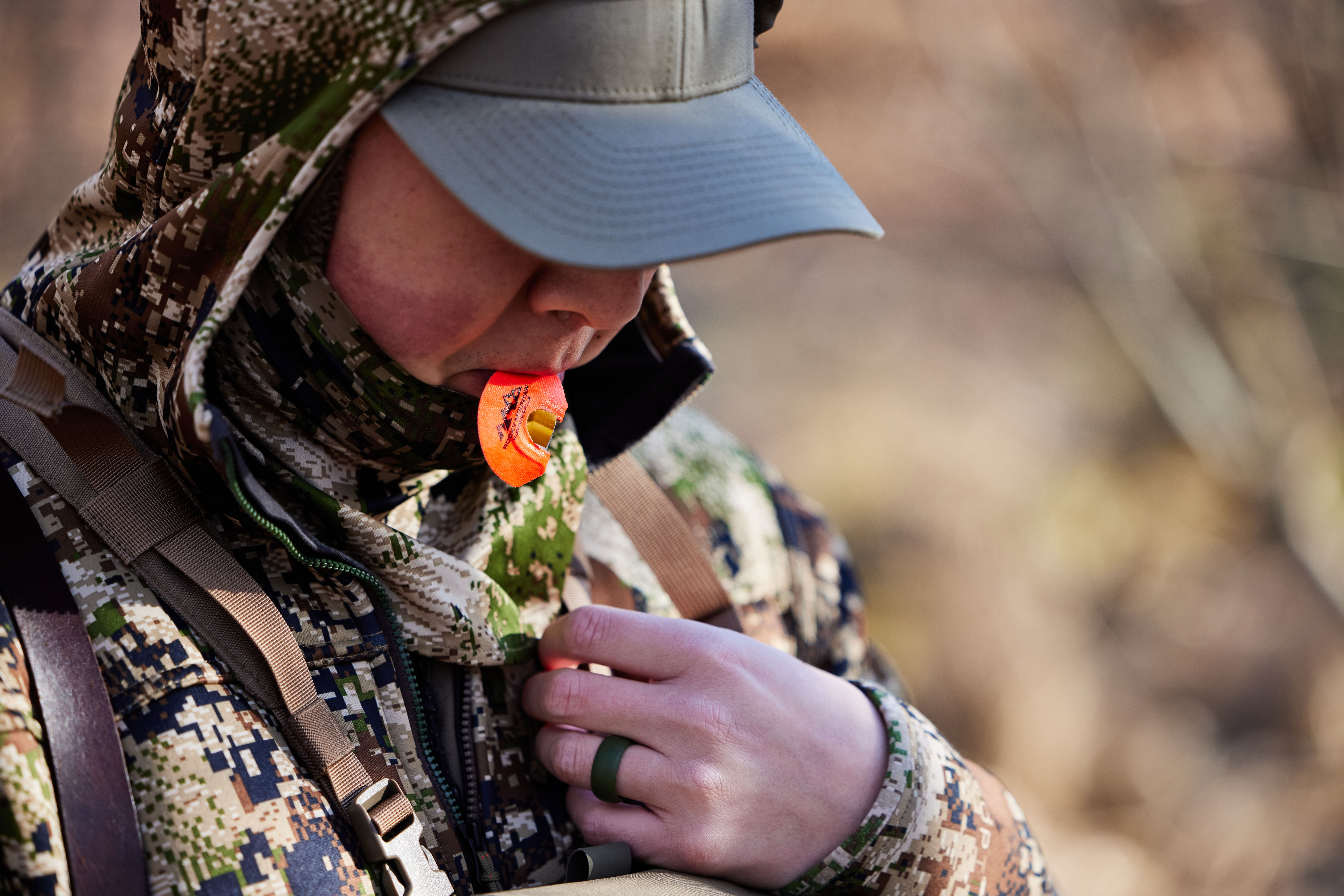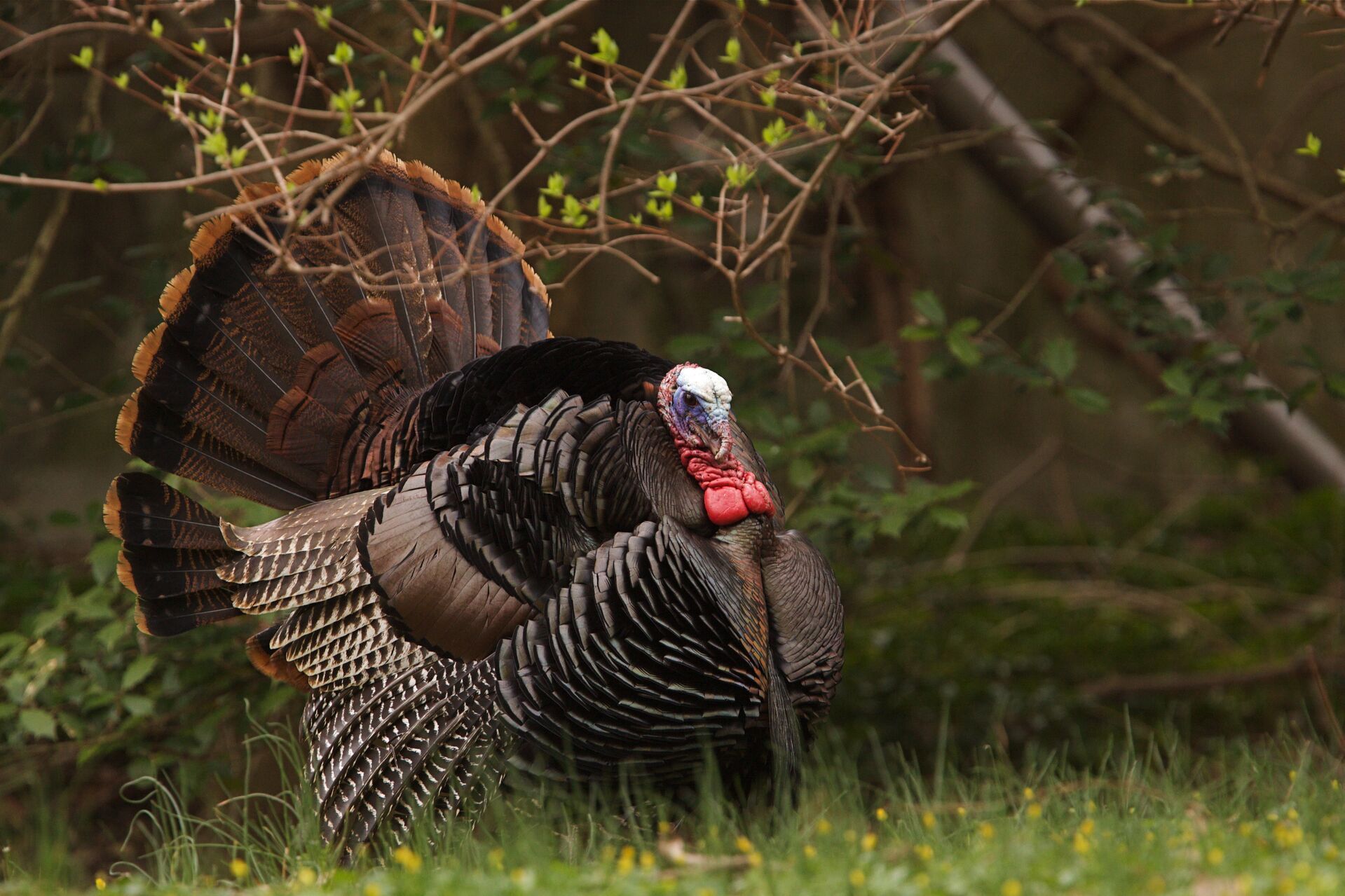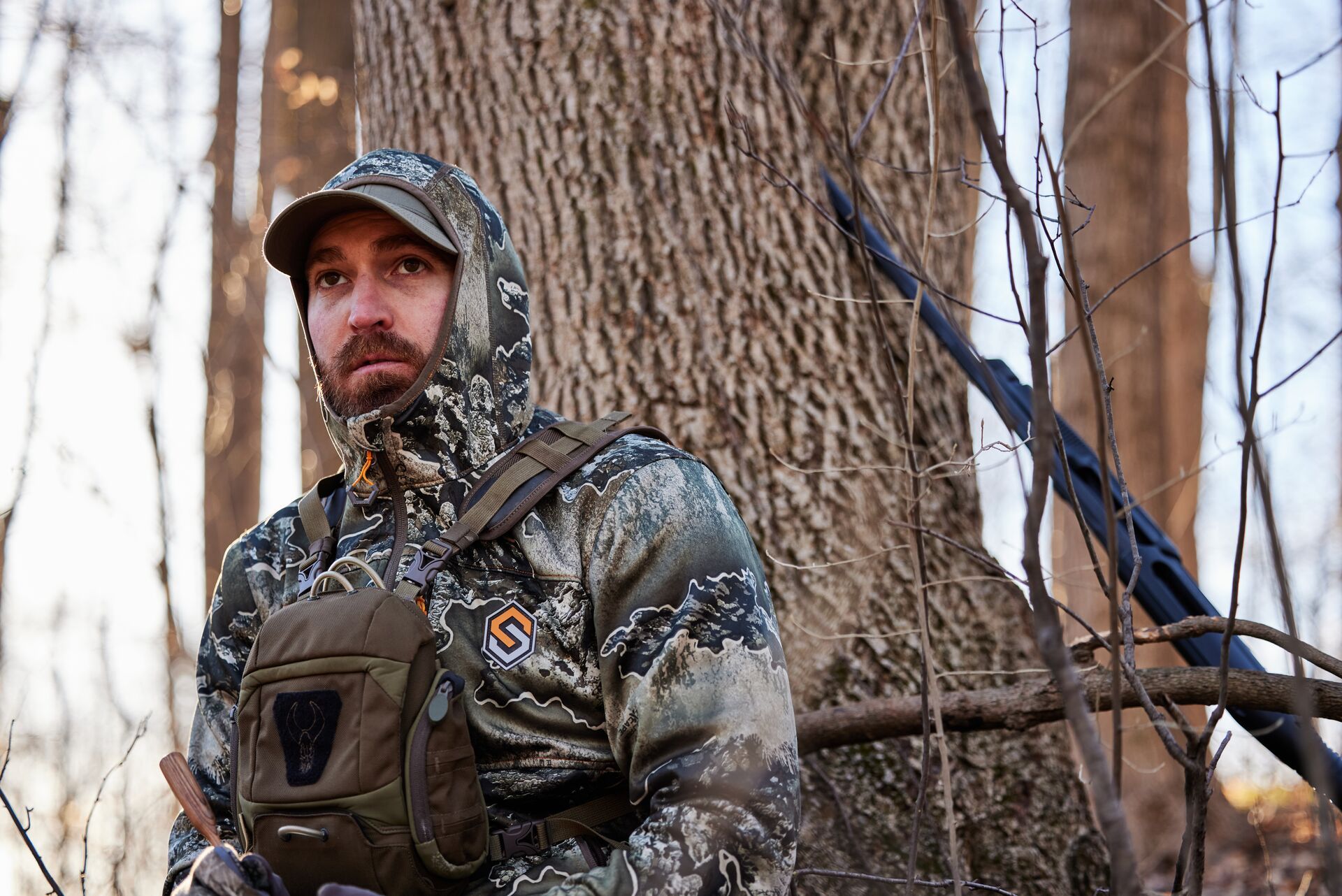Field Guide / Hunting Tips
How to Find Hunting Land for Turkey Hunting This Spring
The first challenge for all hunters is finding a solid piece of hunting land. Every hunter wants exclusive access to a great property. However, that is not always the case. Most hunters join the crowds and hunt public land, while others head out to private land plots to pursue birds. Whether you hunt private or public land, you can achieve success.
Previous in Hunting Tips
More Content Like This

Turkey Talk: Osceola, Merriam's, and Heritage Turkey
While the Eastern turkey may be the most famous, true turkey hunters know that the variety of types and the unique blend of challenges and rewards of each breed make turkey hunting one of the most exciting and respected cultural traditions in the U.S...Read More
Read More
When Is California Turkey Season?
From the fresh, high-altitude air of the Sierra Nevadas to the relaxed coastal forests of Los Padres, Californian turkey hunting offers something for every type of turkey hunter. Read More
Read More
Turkey Talk: All About the Eastern Turkey
Few species captivate the imagination and hunting spirit of the American hunter more than the eastern turkey. With its stunning plumage, unique physical characteristics that set it apart from its Western counterpart, and adaptability to its homeland,...Read More
Read More Turkey
TurkeyTurkey Talk: Osceola, Merriam's, and Heritage Turkey
While the Eastern turkey may be the most famous, true turkey hunters know that the variety of types and the unique blend of challenges and rewards of each breed make turkey hunting one of the most exciting and respected cultural traditions in the U.S...Read More
Read More Turkey
TurkeyWhen Is California Turkey Season?
From the fresh, high-altitude air of the Sierra Nevadas to the relaxed coastal forests of Los Padres, Californian turkey hunting offers something for every type of turkey hunter. Read More
Read More Turkey
TurkeyTurkey Talk: All About the Eastern Turkey
Few species captivate the imagination and hunting spirit of the American hunter more than the eastern turkey. With its stunning plumage, unique physical characteristics that set it apart from its Western counterpart, and adaptability to its homeland,...Read More
Read More
1 of 3
